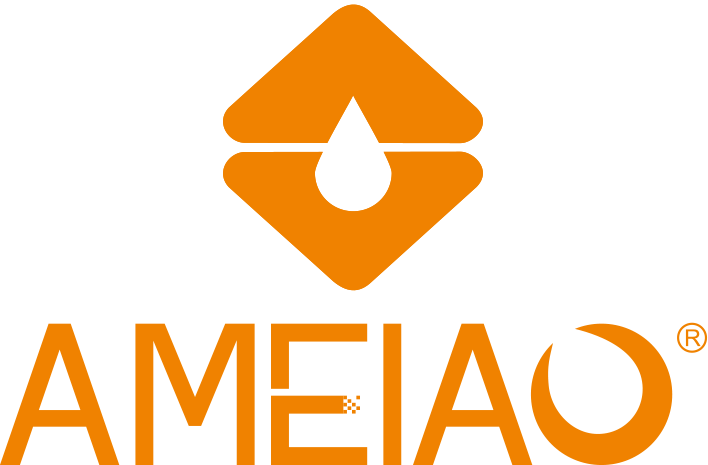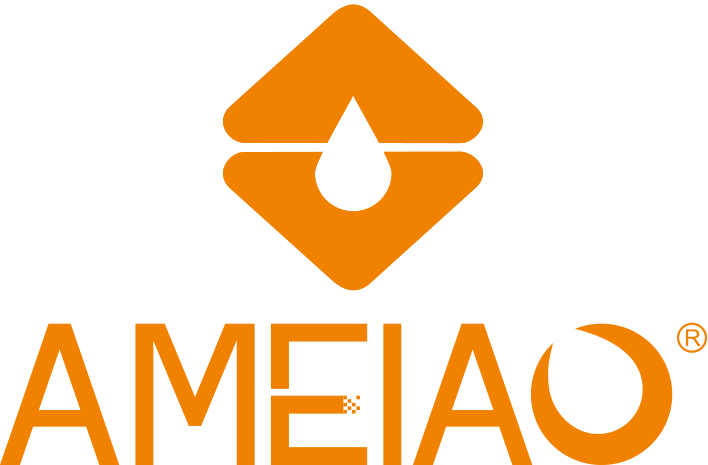Which Is Better Pulldown or Pull out Kitchen Faucet?
When choosing a new Kitchen Faucet, one of the key decisions is whether to go with a pull-down or pull-out style. Each style offers distinct advantages and is better suited for different kitchen layouts and user habits. In this article we will compare both types in detail, examining how they differ, their pros and cons, and how to decide which one fits your kitchen best. We will also highlight how AMEIAO offers premium faucet and sink solutions to complement either style.
What are Pull-Down and Pull-Out Faucets
Pull-Down Faucet
A pull-down kitchen faucet features a spout of higher arc above the sink, and the spray head is attached to a hose that is pulled downward into the basin. According to one buying guide, the design “offers great flexibility for a variety of kitchen tasks” and is especially ideal for larger or deeper sinks.
Key traits:
Tall gooseneck spout, giving more vertical clearance above the sink.
Spray head docks back into the spout, typically facing downwards.
Designed to reach farther into the sink, cleaning large pots and tall vessels.
Pull-Out Faucet
A pull-out kitchen faucet has a lower-profile spout, and the spray head pulls out laterally toward the user or over the sink countertop. One article notes that this style “is a versatile option that seamlessly blends into your kitchen style.”
Key traits:
Lower overall height, less clearance needed above the sink.
The hose allows the spray head to extend outward toward you or across the sink basin.
Often more compact, suited to smaller or tighter sink/kitchen layouts.
Detailed Comparison Table
| Feature | Pull-Down Faucet | Pull-Out Faucet |
|---|---|---|
| Spout height | High arc, tall design – more vertical clearance | Lower profile, less clearance needed above sink |
| Spray head motion | Pulls downward toward sink | Pulls outward toward user or off-sink |
| Ideal sink size | Deep sinks, large basins, heavy cookware | Small to midsized sinks, tight spaces |
| Splash risk | May increase splash if sink is shallow or width small | Lower spout tends to reduce splashback |
| Filling tall vessels | Excellent: tall spout makes filling pots/buckets easier | More limited: low arc may hamper tall vessel filling |
| Space above sink | Requires more overhead space or no low-hanging cabinets | Fits under cabinets or in compact layout better |
| Design & aesthetics | Bold, statement style available | More subtle, minimalistic design |
| Hose mechanics | Often heavier head + long drop | Hose length may be shorter; pull-out motion may feel different |
| Cost & features | May include more spray options or premium finishes | Often simpler, may have fewer premium design options |
Pros and Cons
Pull-Down: Advantages
High-arc spout offers generous space for washing large pots, baking trays, or pitchers.
Spray head docking into spout allows for more direct reach into corners of the sink.
Many models include multiple spray modes (stream, spray, pause) and enhanced functionality.
Visually striking; works as a design feature in modern or upscale kitchens.
Pull-Down: Disadvantages
Requires sufficient vertical clearance; cabinets or shelving above sink may interfere.
In shallow or compact sinks, the tall spout may cause more splashback as water hits the sink bottom with more force.
In some installations the hose retraction and weight may be more complex.
Might not be the best fit if your kitchen layout is compact or under cabinetry.
Pull-Out: Advantages
Compact design suits small kitchens, under-cabinet installations, or sinks with limited overhead space.
Easier to access side of sink or counter space adjacent to sink – useful for filling containers near the sink edge.
Typically results in less splashback because of lower spout height and more controlled spray trajectory.
Cleaner look for minimal or streamlined kitchen styles.
Pull-Out: Disadvantages
Lower spout arc means less room for tall vessels or oversized cookware.
Some users find the outward pull motion less ergonomically natural than pulling downward.
May offer fewer design or premium feature choices compared to high-arc pull-down styles.
Hose length and reach may be more limited, reducing coverage in large sinks.
How to Choose Based on Your Kitchen and Usage
Assess your sink size and depth
If you have a deep, wide sink and frequently wash large pots, tall pitchers or large trays, a pull-down model is very effective.
If your sink is shallow or smaller, or located under cabinets, a pull-out might be a more practical fit.
Check overhead space and cabinets
If you have low-hanging cabinets above the sink, or appliances near the spout, a lower profile pull-out may avoid clearance issues.
For open kitchen layouts with no obstructions, a high arc pull-down can enhance both function and design.
Consider your typical tasks
Heavy cooking and washing large cookware favour the pull-down style.
Frequent use of smaller utensils, filling containers nearby, or needing flexible hose reach may favour the pull-out type.
Style and aesthetic preference
If you want a bold feature faucet and have space, the pull-down offers more dramatic presence.
If you prefer a more subtle look or a minimalist kitchen design, the pull-out offers sleekness.
Budget and features
Look at spray modes, hose quality, docking systems, finish durability and brand reliability.
Regardless of style, a good brand and build quality will affect longevity and user satisfaction.
Brand & Supply Recommendation
When selecting a faucet, it is wise to partner with a reliable supplier that offers quality craftsmanship, consistent manufacturing standards, and good customer support. AMEIAO is one such manufacturer, offering a wide range of Water Faucets and Kitchen Sink solutions suited for both pull-down and pull-out configurations. Their product range is designed to elevate the kitchen environment and integrate functional performance with aesthetic appeal. By choosing a supplier like AMEIAO, you can ensure that your selected faucet is built to last, complements your kitchen layout and meets your daily usage demands.
Conclusion
There is no one-size-fits-all answer to whether a pull-down or pull-out kitchen faucet is universally “better.” The ideal choice depends on your specific kitchen layout, sink dimensions, how you use the sink and your design preferences.
Choose a pull-down faucet if you have ample vertical space, a deep sink and wash large items regularly.
Choose a pull-out faucet if your kitchen is compact, overhead space is limited or you want a cleaner, understated design.
By carefully considering your space, tasks and style, you can select the faucet type that offers the best mix of form and function. And by selecting a trusted manufacturer like AMEIAO, you increase the likelihood of long-term satisfaction and reliable performance.
Make your decision with both practicality and aesthetics in mind, and your kitchen faucet will serve you well for years to come.



 Mobile Phone:
Mobile Phone:


